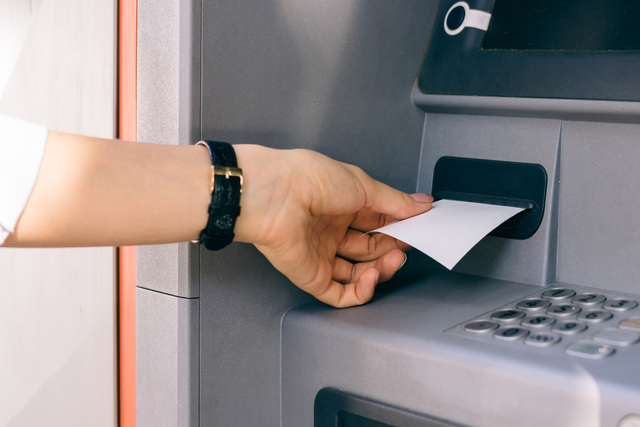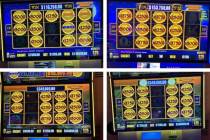ATMs at the bar or corner store could go away as chip cards loom
That ATM in the dark corner of the bar could be on its way out.
By October of this year, ATM owners in the United States have to replace or upgrade their machines to accept chip cards or face liability for certain types of fraud. But the upgrade and related ongoing maintenance are so expensive that cash-machine operators like Abe Ayesh, who helps manage about 8,000 ATMs mostly on the East Coast, plans to shut down some of them.
“The machines that used to do barely enough to support, do I want to go spend $3,000 right now for a new machine that’s going to take me three to four years to get my money?” Ayesh, chief operating officer of FAM ATM, said. “It’s not worth it.”
Upgrading his existing fleet will cost $4 million — his company’s entire annual earnings without charges like depreciation and taxes, he said. In general, costs to upgrade an ATM’s hardware and software range from $300 to $3,000. Some 410,000 ATMs have to be upgraded, according to researcher Aite Group. Owners have to clean the new chip-card reader at least once every couple of weeks — and that cleaning kit costs another $1.50 a pop.
Up to 10 percent of so-called retail ATMs — those not owned by banks — may be thrown out instead of souped up or replaced because of the move to chip cards, James Phillips, a vice president at retail ATM maker Triton Systems of Delaware, said in an interview. Other old machines may stay operational but not be upgraded — and eventually simply stop working, he said.
“There are many ATMs out there that simply cannot be upgraded,” Phillips said. “They end up in landfills. It could have an impact for some cardholders in rural areas where there’s only one to two ATMs that they have access to.”
On Oct. 1 of this year, ATMs that don’t move to accept the chip technology — called, in industry parlance, EMV — will become liable for any counterfeit fraud that’s perpetrated on the machines using MasterCards. In October 2017, Visa Inc. will start enforcing a similar rule, shifting liability for the fraud to the ATM owner.
Only about 20 percent of U.S. ATMs have been adapted to accept the chip cards, according to MasterCard estimates. By Oct. 1, that will creep up to 35 percent, Bruce Owens, a senior vice president at MasterCard, said in an interview.
“That’s not horrible,” Owens said. “The tipping point is somewhere closer to 60 percent or so, where you see an advantage in the marketplace. We’ll probably be over the tipping point in the first half of 2017.”
The ATMs are just the latest pieces of equipment that need to be retrofitted for chip cards. More recently, U.S. merchants have been changing their point-of-sale equipment to use the technology — a process that’s been bumpy. Gas stations’ switch-over is also coming up.
“I would say ATMs are having as we speak the same challenges that point-of-sale terminal manufacturers have,” Robert Woodbury, senior vice president and general manager at FIS Payment Networks, said in an interview.
The new technology is designed to cut down on use of counterfeit cards and skimming, a practice where crooks modify an ATM in such a way that they are able to collect customers’ PIN codes and card numbers, and access their accounts. Last year, ATM compromises in the U.S. jumped sixfold, according to FICO Card Alert Service, as the move by merchants to accept chip cards left many criminals looking for a new target. Criminal activity was highest at non-bank ATMs, such as those in convenience stores, hotels and bars, where 10 times as many machines were compromised as in 2014, FICO said.




























